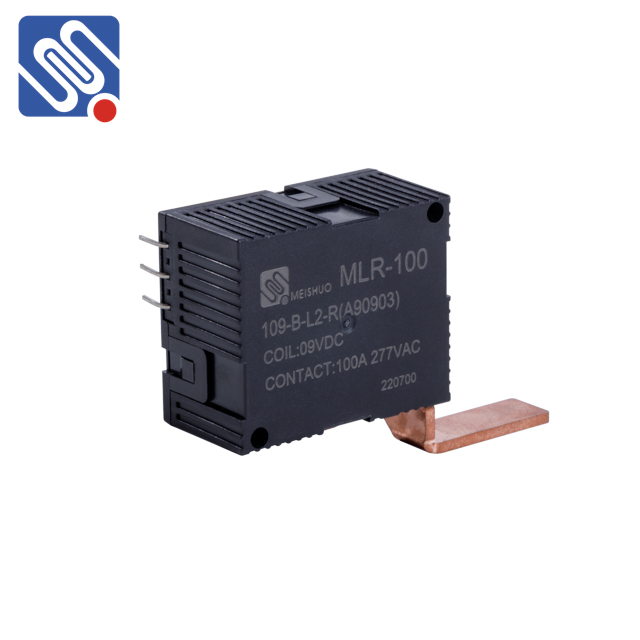Relays are essential components in various electrical and electronic systems, functioning as electrically operated switches. They are used to control a circuit by opening or closing contacts in response to an electrical signal. Understanding relay parameters is crucial when selecting the right relay for specific applications. These parameters help ensure the relay functions efficiently and reliably. In this article, we will explore the key relay parameters that should be considered when choosing a relay.

1. Rated Voltage The rated voltage refers to the voltage level that the relay’s coil is designed to operate at. Relays typically come in two types: AC (alternating current) and DC (direct current). The rated voltage of a relay’s coil must match the voltage available in the circuit it is intended to control. For example, if you’re using a relay to control a DC circuit, you must ensure the relay is rated for the appropriate DC voltage. Choosing a relay with the correct rated voltage is crucial, as using a relay with a voltage rating too high or too low could result in the relay malfunctioning or even getting damaged.